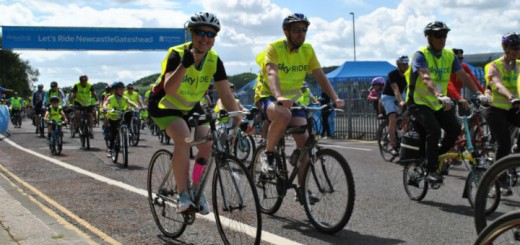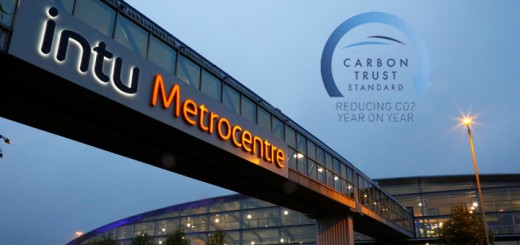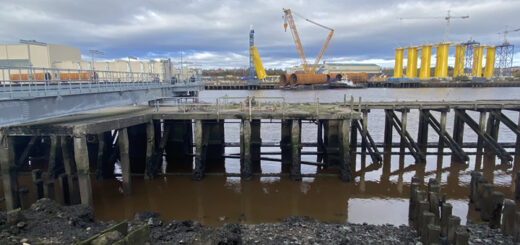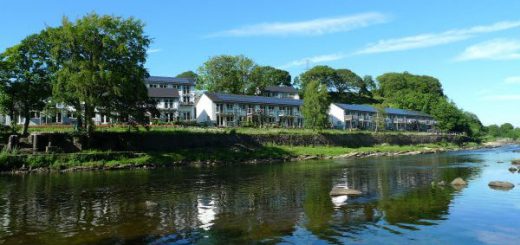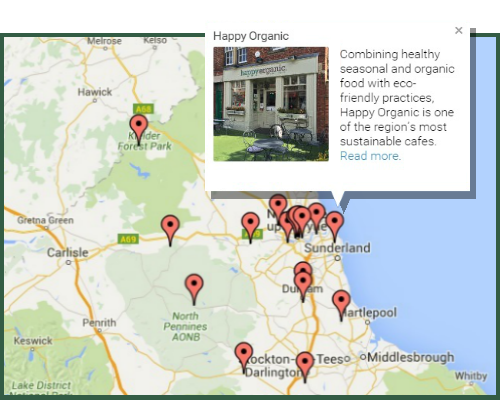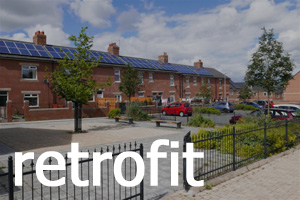Cragside Hydro
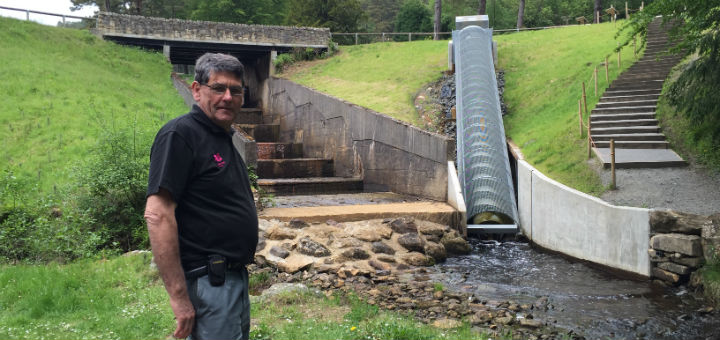
Hydropower returns to Cragside nearly 140 years after it became the first house in the world to be lit by hydroelectricity.
Cragside is the ‘palace of a modern magician’ (1). The country house of Lord Armstrong, who made his fortune as an innovator in hydraulics, it became the first house to be powered by hydroelectricity in 1878. Near Rothbury in Northumberland, Armstrong dammed a hillside burn and created a series of artificial lakes above the house to provide water for his pumps, turbines and other inventions. 140 years later, the National Trust have installed a new hydro-generator to light the Grade 1 listed house.
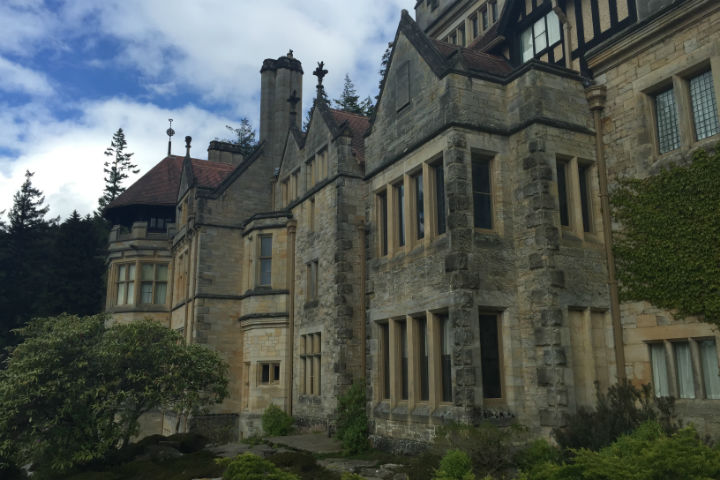
Lord Armstrong’s original project saw water dropping 100 metres vertically, through an eight-inch lead pipe, to turn a Siemens dynamo. The generator first powered two arc lights and later a series of Joseph Swan’s newly invented incandescent light bulbs. Lord Armstrong wrote to The Graphic,
The following particulars of a successful application of Swan’s Electric Lamps to the lighting of a country house will probably be interesting to many of your readers. The case has novelty, not only in the application of this mode of lighting to domestic use, but also in the derivation of the producing power from a natural source. (2)
Local sustainability expert Gordon Hudson claims that Cragside should be considered the very first BREEAM Outstanding project due, in no small part, to its use of renewable energy . (3)
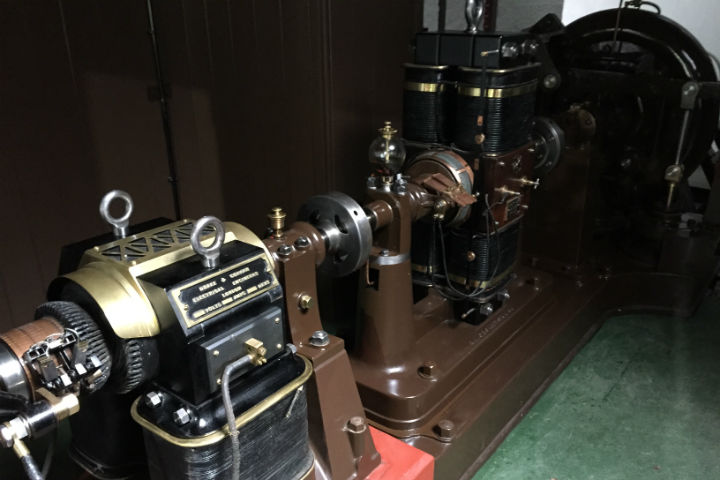
I met up with Cragside’s engineer Robin Wright to see the new hydro-generator in operation. Installed beside the slipway of Tumbleton Lake, the generator is a 17m long Archimedean screw. ‘We think of our lakes as fuel tanks for the equipment on the estate,’ explained Robin. ‘We think of our lakes as fuel tanks for the equipment on the estate.’A sluice lets water into the screw which turns a 10kW generator with a delightful sloshing noise. The sluice gates are automatically controlled to maintain a minimum water level in the lake and to maximise the period of generation. As both a demonstration project and a tourist attraction, Robin makes sure the system is running for as long as possible because the lakes are fed from quite a small watershed.
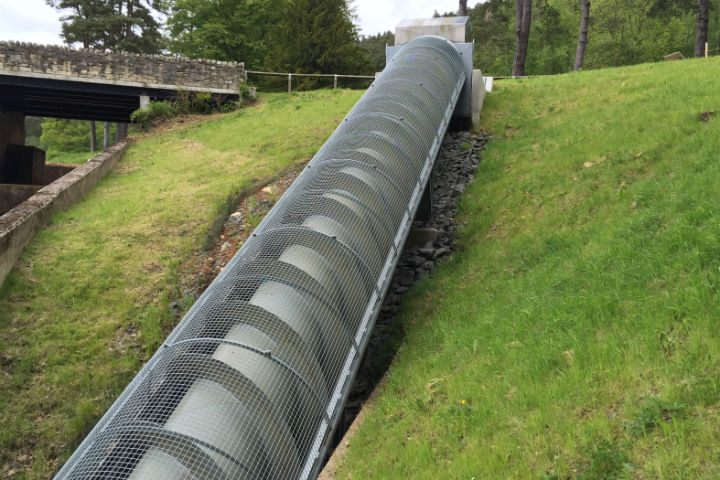
The generator powers all of the 350 LED light bulbs in the main house. This equates to 10% of Cragside’s consumption which is high due to the electric heating and dehumidification needed to control ideal environmental conditions for the artefacts. The estate uses all of the electricity produced, so nothing is fed into the grid, but the project does receive the Feed in Tarrif. The National Trust is committed to reducing its energy use by 20%, and generating 50% of its energy from renewable sources by 2020. The sculptural screw is ‘fish-friendly’ too.
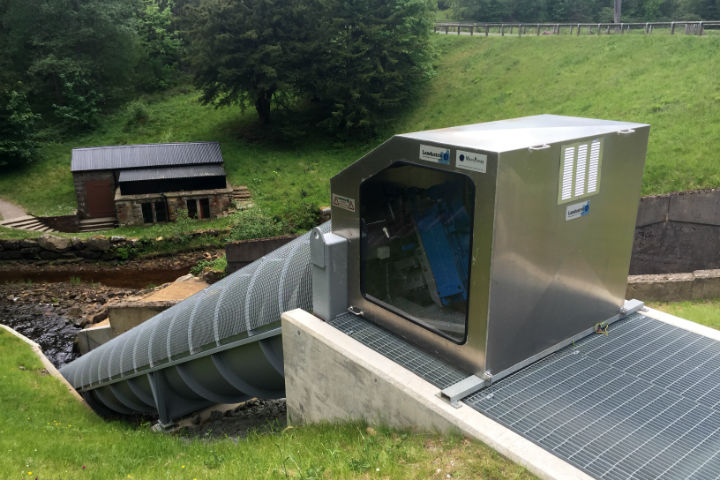
Robin is planning ahead to the next hydro project which will hopefully recreate Armstrong’s original scheme. Using existing pipework he aims to install a Pelton wheel turbine to generate another 10kW of renewable power for the estate. And why stop there? With over 50 obsolete water mills in Northumberland, there is great potential to reinvent the wheel.
References:
Hydropower Installation by Mann Power Consulting Ltd.
(1) Cragside : Rewiring ‘A Temple to High Victorian Technology’
(2) Lighting the World
(3) The First BREEAM Outstanding
All photographs (c) Tracing Green






